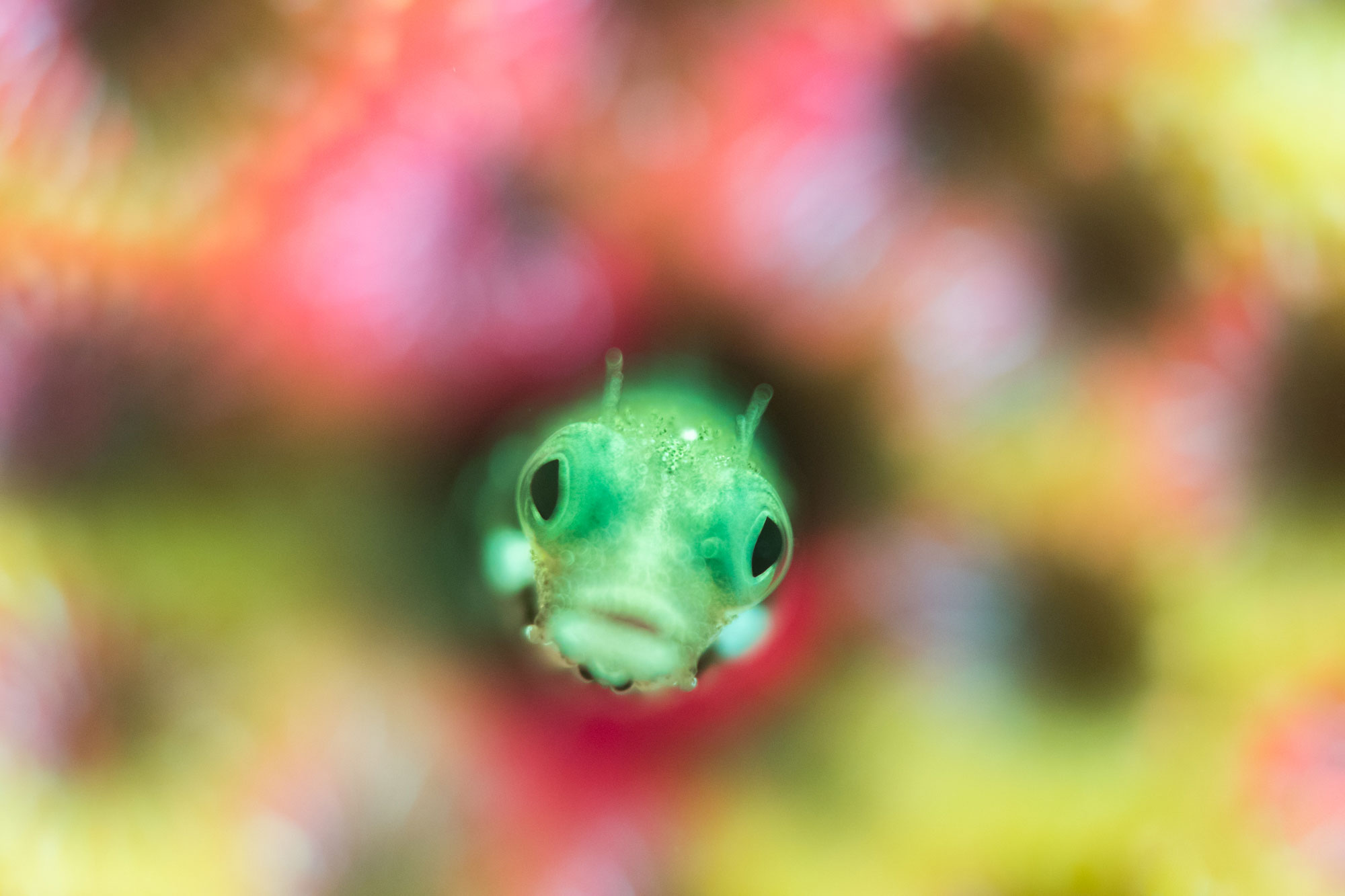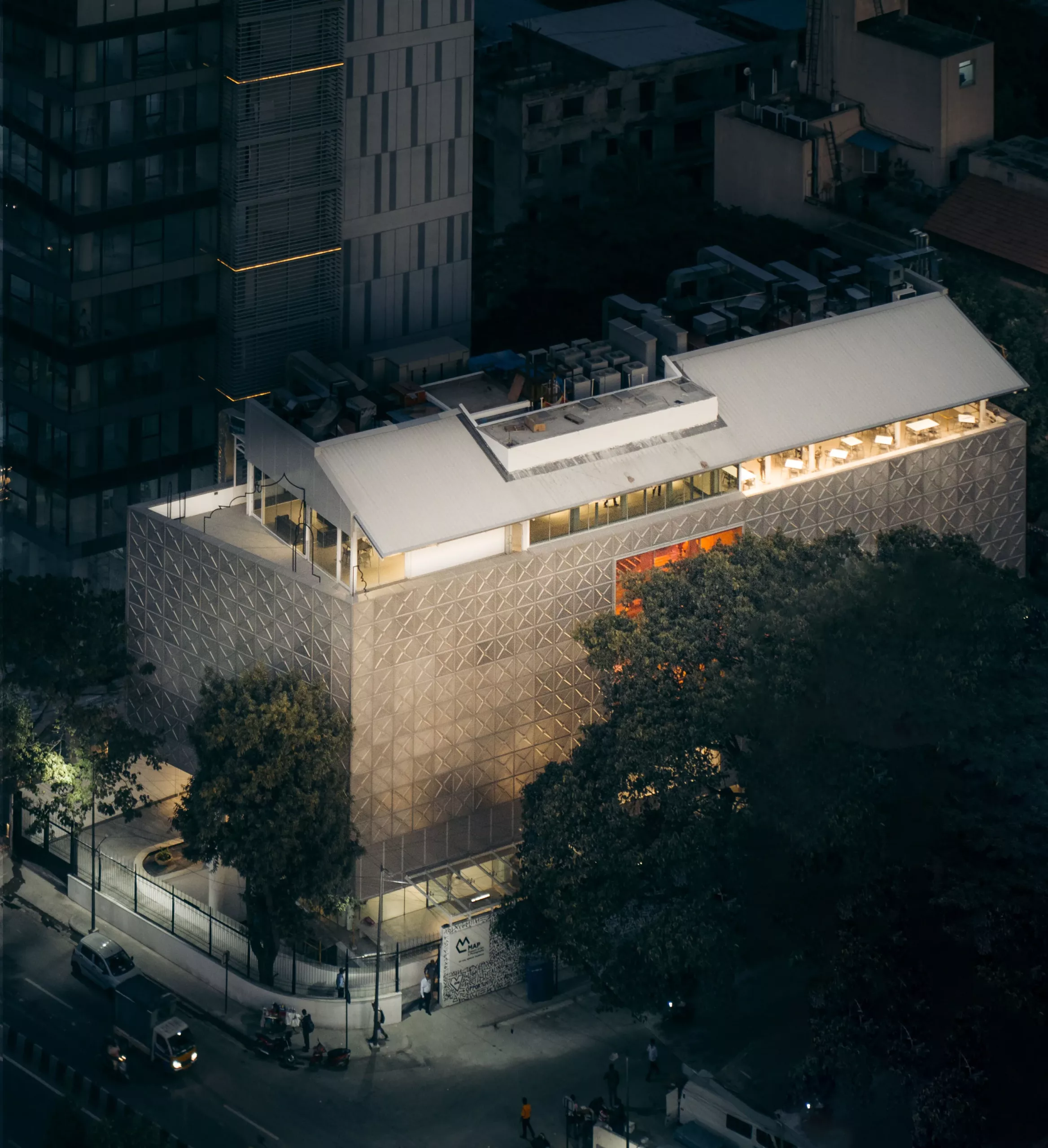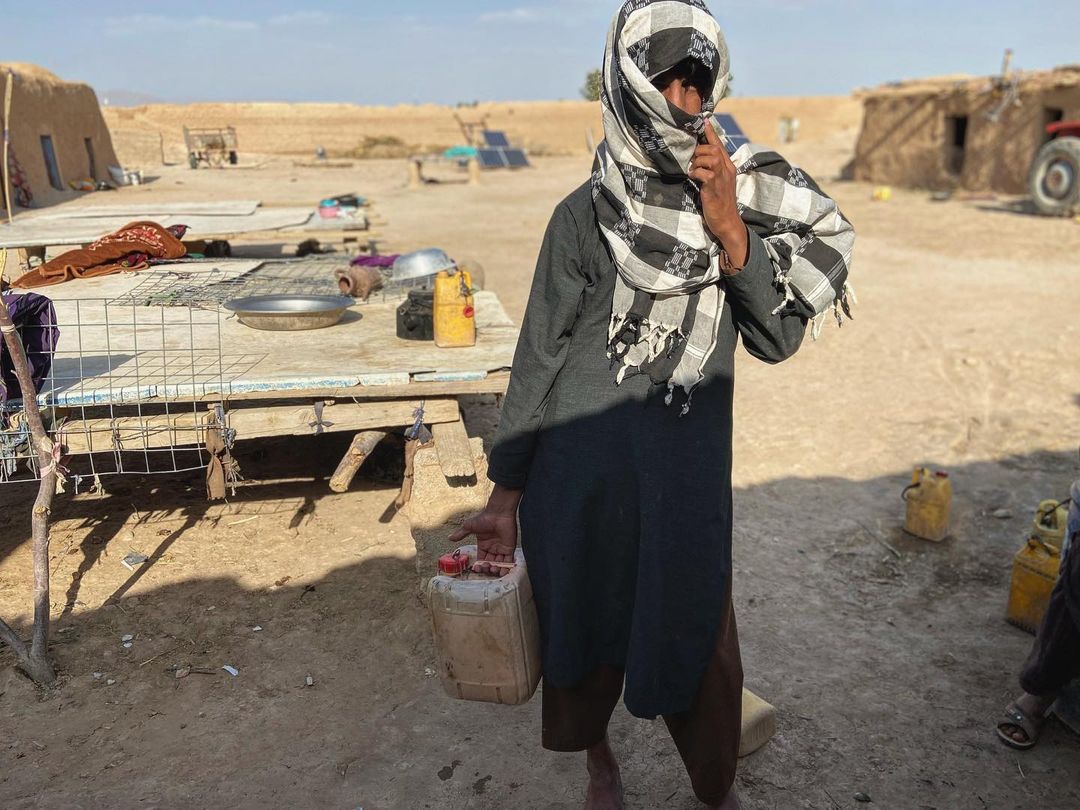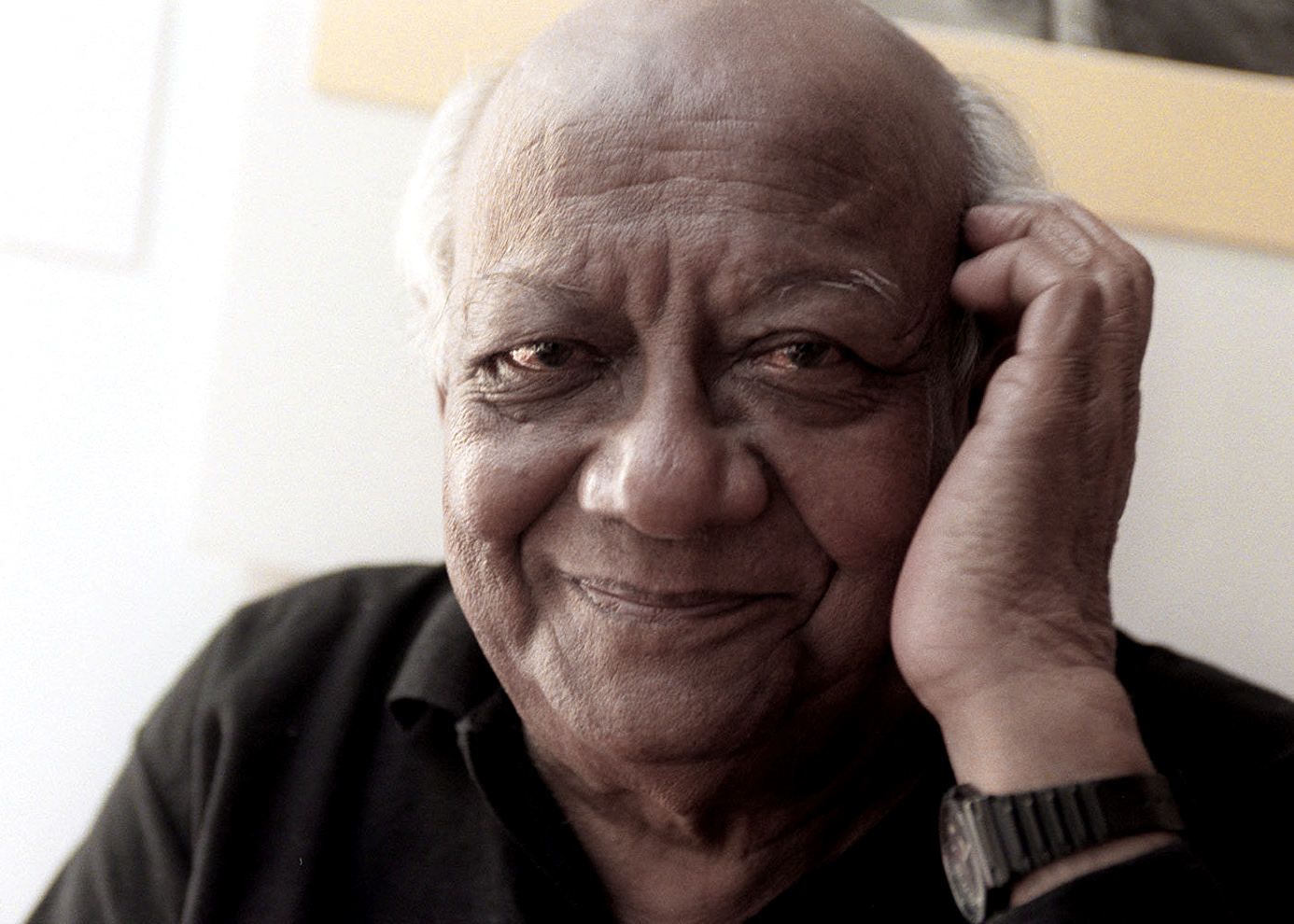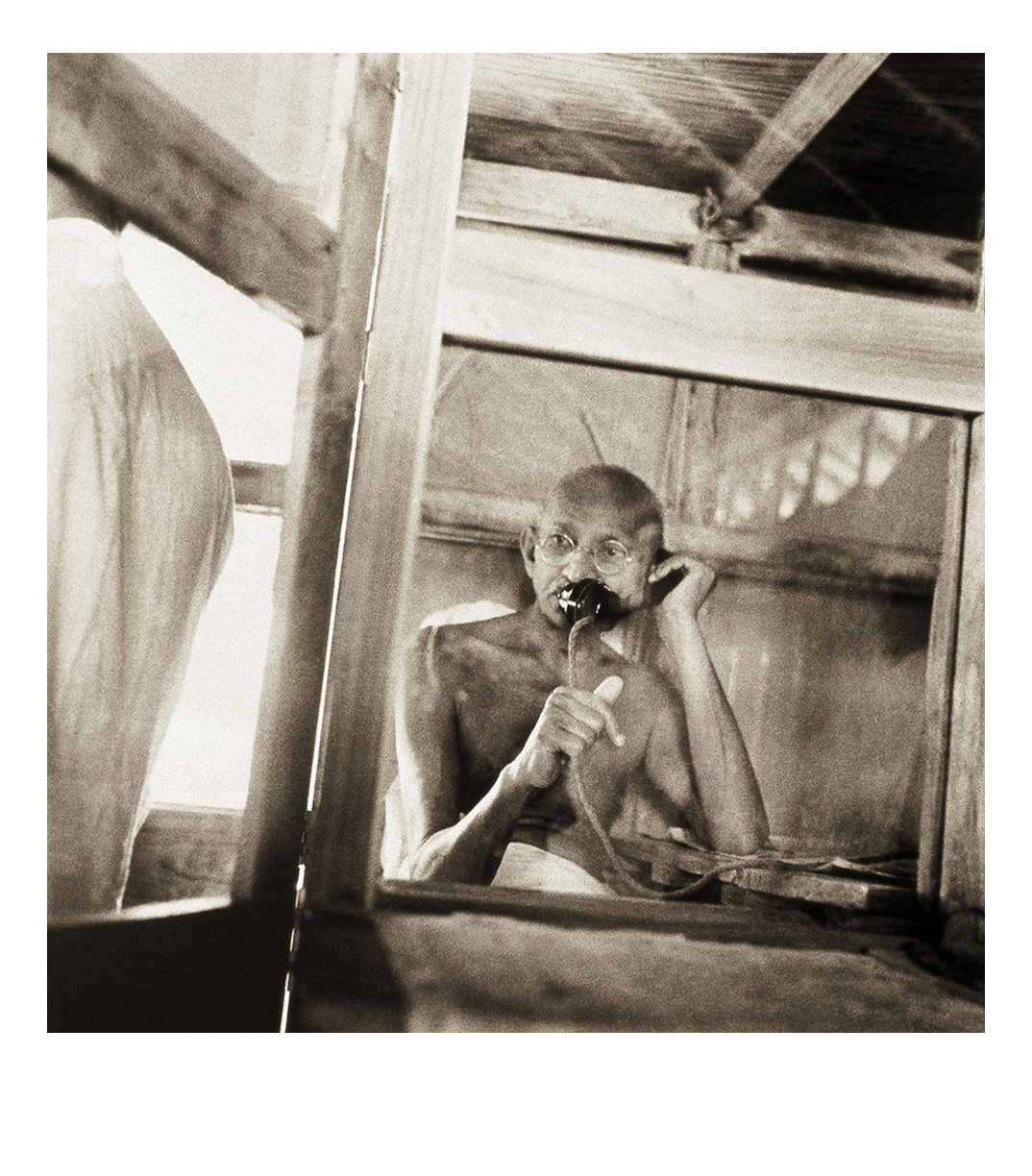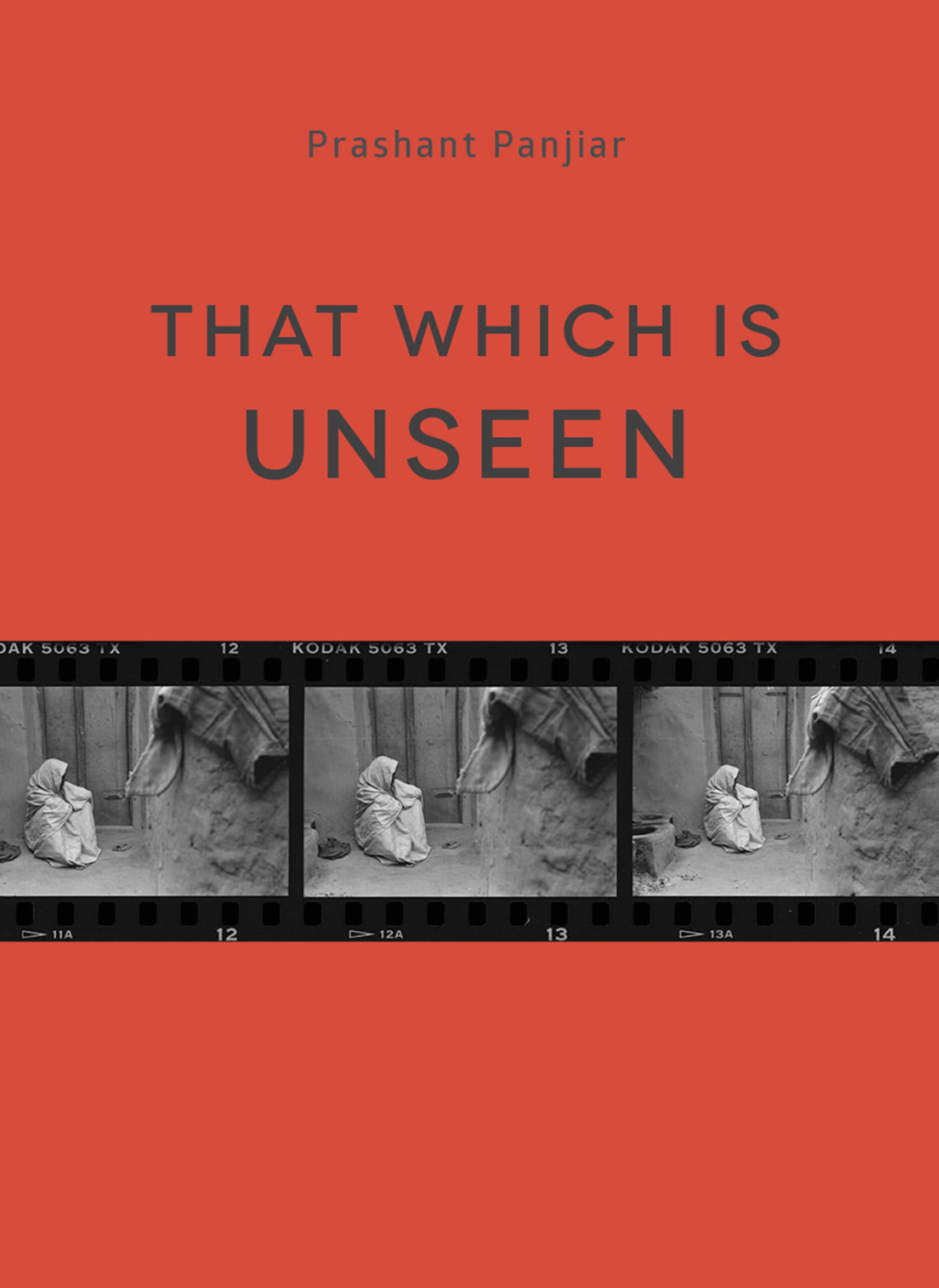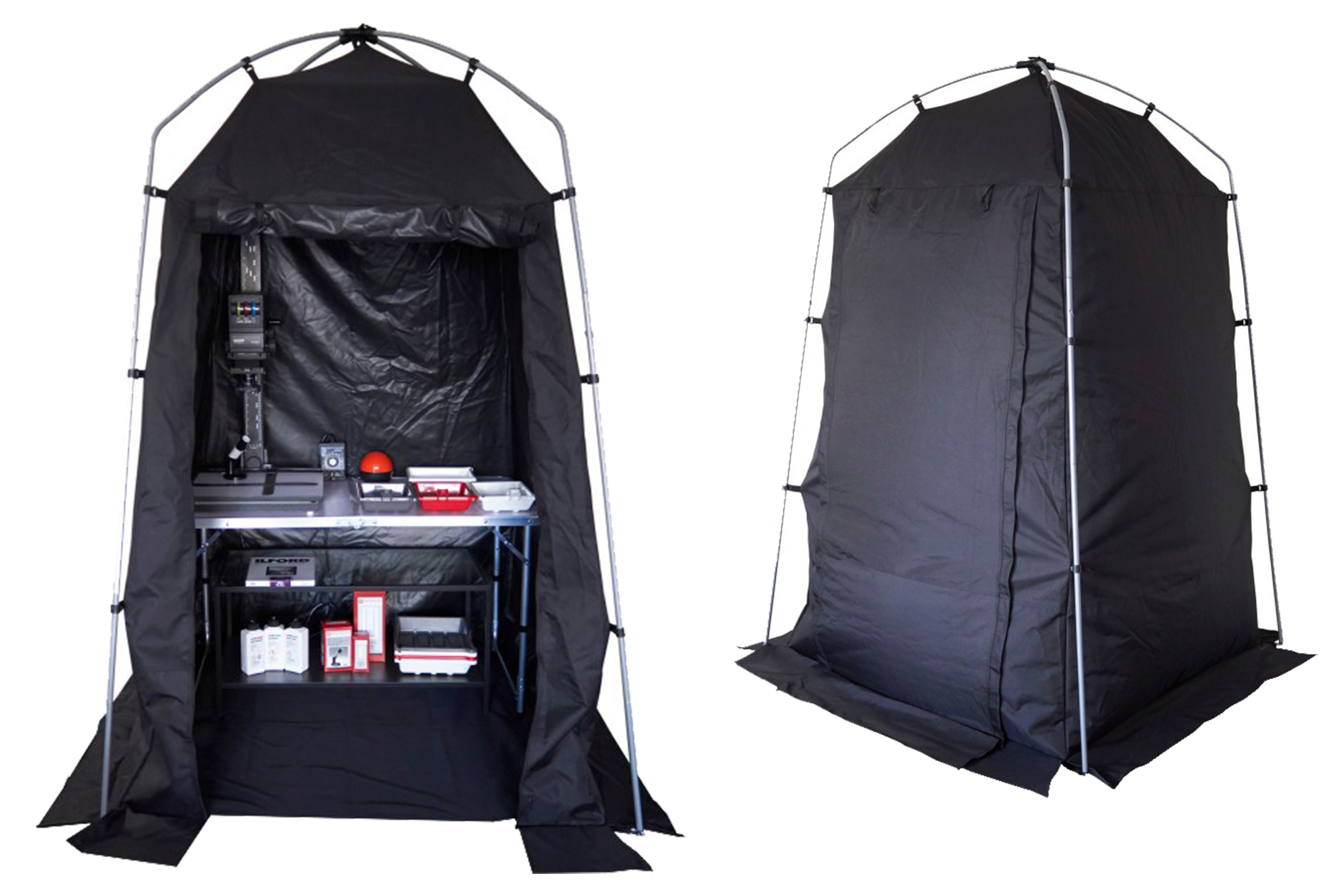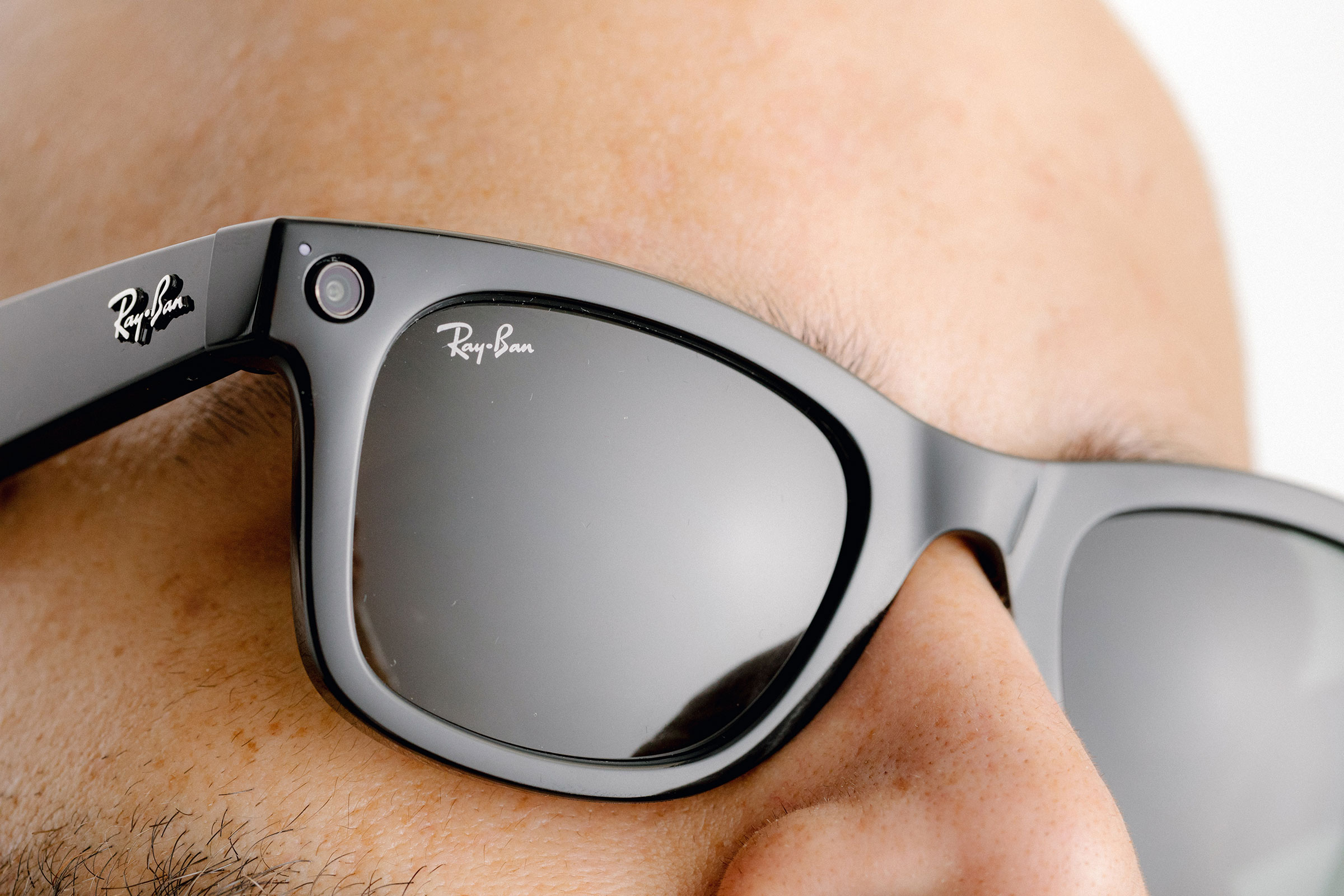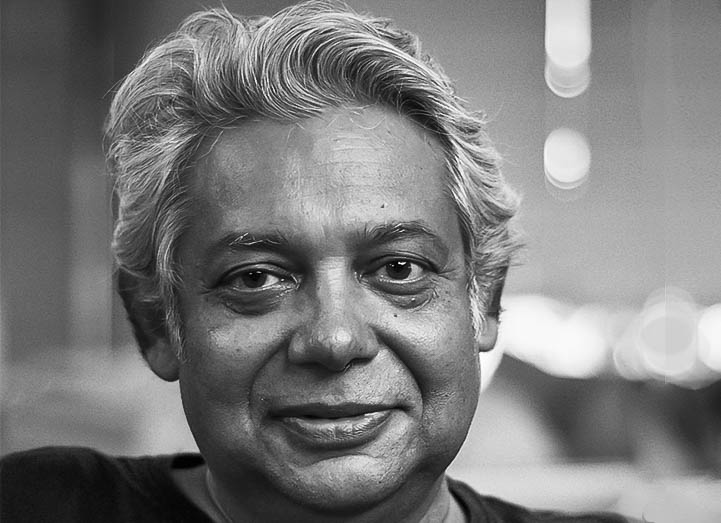
Selfie underwater © Susannah Snowden-Smith
Underwater Photography: No Under Estimating It
When B G Preminda and Sunil Ratnaweerapatabandige, two Srilankan fishermen, in 2003, came across a 10 cm high stone quern or bench in the ancient port site of Godavaya in the southern coast of Srilanka, little they may have realized that they had just got a lead to the oldest ship wreck in the Indian Ocean. Found within three miles from the estuary of the Walawe Ganga, and a short distance away from one of the old iron smelting structures, the 2200-year-old ship wreck stands testimony to the bustling trade between India and Srilanka. Radiocarbon analyses of the wreck date it in between the 2nd century BCE and the 1st century CE. This is another peek unto the Tamil Sangam/Classical period during which maritime trade and cultural transactions across the Silk, Spice and Incense routes were at its peak.
The inscriptions of fish, bull’s footprint, and the Srivatsa (endless knot) on an artifact in the wreck indicate a possibility of the cargo belonging to the Pandyan dynasty. The pottery, the iron bars and other glass and stone artefacts from the Godavaya ship wreck indicate the craftmanship of Tamilnadu. One can assume that besides trading of commodities, philosophies, culture, and iconographies were also exchanged as the traders from the two countries engaged in marine trade.
On a bright Sunday morning, PhotoMail caught up with the chief documentary photographer on the Godavaya excavation, Susannah Snowden-Smith. What followed was an interesting revelation of the nuances of underwater photography.
Living her dream of underwater photography, which she had started thinking about when she was 11 years old, Susannah reached out to a renowned archeologist as early as in her tenth grade. And in a matter of few years, she was on her first 120 feet underwater excavation assignment close to Sedana island in Red Sea, documenting an eighteenth-century ship wreck.
© Susannah Snowden-Smith
The ABCs of Underwater Photography
Preparation is Key
Photography in underwater excavation serves two purposes. While scientific documentation of the archeological excavation is understandable, it also serves another more pragmatic purpose of pitching for funds to carry out the excavation itself. It calls for extensive planning and preparation beforehand. From knowing the surface markers and the grid number to dive in close to the wreck, getting the water-proof housing ready for the camera, running the sequence of actions for the 20 minute under water shoot, to sketching the frames and the angles and briefing the models, there is quite a bit of homework to do before diving in.
Authenticity over Artistry
There were also days when she carried small plexiglass slate full of notes on shutter speed, aperture size and strobe power to remember what she should be doing underwater as at deep depths thinking becomes fuzzy and basic math is difficult. During the shoot, it is important to position the strobes behind the camera housing to ensure the conical lights overlap bang on the object and constantly check on the digital camera’s monitor to avoid the back scatter and the resultant distracting snow flake effect. In post processing, it is sometimes possible to remove backscatter using the rubber stamp tool found in editing software such as Lightroom or Photoshop. However, it is always best to shoot with the strobes [flashes] in the correct position in order to limit backscatter. In murky water projects, as was the case in the 25 x 20 mt Godavaya excavation, where visibility is poor, this could really consume precious shoot time. “Particularly in archeology photography, you want to keep it as scientific as possible,” says Susannah.
Mindfulness Matters
Under water, it is all about juggling between carrying the gear, finding one’s way around the wires of the strobe lights, monitoring time and oxygen levels, maneuvering around the object to shoot, and using hand signals to communicate with models. “You have to be very vigilant, focused and also think on your feet,” cautions Susannah. She recollects her experience of crafting a make-shift snoot from a half soda bottle to focus her strobe lights in order to photograph a spear she found on the wreck. And the thrill she felt on seeing the spear stayed with her enough to narrate it even as she was emerging out of a post operative stupor years later.
Blowing Away the Blues
On surfacing, more extensive work follows such as preserving the artefacts by bubble wrapping, crating, labelling and documenting. Post processing of the photographs is as tough a task as packaging. Be it white balancing to remove the ubiquitous blue hue in underwater photography, or color correcting the red, orange, and yellow colors that have been recorded in the artificial lights of the strobes, underwater photography demands quite a bit of post processing.
The Gruelling and the Gratification
If we think of underwater photography as a fancy hobby complete with glamorous scuba diving suits, we are in for a rude shock. The living could be anywhere from tents to boats or houses with open doors and windows and the abrasiveness of dusty environs that threaten the camera lenses. Not to mention the uncertain weather and hours of waiting for the skies to clear and trying to cohabitate with as many as 25 people or more for days together, eating what one gets, showering from water brought in by trucks, and the only wash being the dives for shoot.
Susannah remembers her struggles to keep her cameras dust-free in Godavaya and trying to connect with family on a video call with a monitor lizard for company. But the most dangerous bit is the nitrogen narcosis that can occur reducing the ability to think clearly the deeper underwater you are. At 110 feet under water in Godavaya, Susannah recollects being thankful for the nitrox cylinders with extra oxygen they got for diving from a Srilankan marine company.
But then one’s most gratifying moments in life come when one gets to do what they love the most. Susannah’s wow moment in Godavaya was when the visual of two fused rings she had framed in her mind’s eye turned out to be exactly the same as her imagination.
Seeing personal artefacts that belonged to people ages ago and trying to recreate their lives send a chill down Susannah’s spine. She fondly recalls the artefacts she had excavated or photographed: the spear tip at Godavaya, a hand carved ivory knife handle (that resembled golf ball) found in the keel of the ship from Egypt and pine nuts from Spain wrecks.
“They are like self-contained time capsules”, says an awestruck Susannah about the ship wrecks she had helped excavate and the way they throw light on the daily lives of people thousands of years ago.
True, trade did connect countries unifying them across borders to form this one world.
By Pramila Krishnan | Published on August 14, 2021
Share
Related News
A new venue for art lovers: MAP, Bangalore is open for public
The newly opened Museum of Art & Photography (MAP) in Bengaluru welcomed its first visitors in Feb, offering a glimpse of around 60,000 works that would refresh the subcontinent's rich art history.
Plumbing the depths of space and time, James Webb Space Telescope
The James Webb Space Telescope has been designed to see the infrared part of the spectrum, making it capable of glimpsing “galaxies far far away”. This provides access to a part of the spectrum that no telescope has had till date, not even the iconic Hubble Telescope, which can see ultraviolet and visible light.
Snapshots from a forgotten land
Photojournalist Kanika Gupta takes a more personal approach on her page. The Indian journalist, who had to be evacuated from Afghanistan when the Taliban first took over, has since returned, and has resumed her efforts of documenting the country. On her Instagram handle, lifeoutside2by2, she fearlessly interviews and photographs Taliban soldiers, bringing out both the cruelty and humanity in their stories. A snapshot of a man who has been taught to believe that “making landmines is holier than fighting" is juxtaposed with one of two friends - one of whom used to be in the National Army and the other, a hardened Taliban, who joined when an American drone strike killed seven of his family members on a single day. Today, the two friends, who have both joined the regime, reminisce about having fought on different sides.
MAP’s Director’s Cut: Reimagining and Reinventing Museums
This episode (Wednesday, 9th March, 6:30 pm) of MAP’s series Director’s Cut features Nadine Wietlisbach, Director of Fotomuseum Winterthur in Switzerland.
The making of a nation, through Sunil Janah’s eyes
After Sunil Janah moved to the US in his later days, these prints were mostly forgotten. Rahman says it is by another coincidence that they landed in India as a collector managed to buy some of them. “The timing of the exhibition coincides with the 75th anniversary of Independence. At a time when the BJP is trying to demolish Nehru’s legacy and spreading the narrative of ‘Make In India’, Janah’s works assume significance as the ‘Make In India’ started in the 1950s. That is why it is so important that people see these pictures. We should not forget this history and the BJP is trying to make us forget it.” Apart from their historical significance, these are stunning images, says Rahman. “That was a time of great hope. Now, we have a different view about industries. We perceive industries as polluting, but at that time we needed all these factories because we needed indigenous manufacturing. Also, they provided jobs to lakhs of people, particularly in backward areas. There was a great positive energy which actually can be felt in Janah’s photographs.”
Celebrating Resistance, 152 years of Mahatma Gandhi
On Gandhi's 152nd anniversary, PhotoMail remembers him through these everlasting imageries. There are hundreds of photographs of Gandhi, often the author is unknown. Here is a collection of photographs by known Indian and International photographers.
THAT WHICH IS UNSEEN Acclaimed photo-journalist Prashant Panjiar’s Photo-book and Exhibition
Acclaimed photojournalist Prashant Panjiar's latest photobook 'That Which Is Unseen' was launched on September 18. Published by Ahmedabad-based Navajivan Trust, this book is a collection of photographs and backstories from Panjiar's almost four decades of photography career. Navajivan Trust, founded by Mahatma Gandhi, is a publishing house with a good reputation and has published more than 800 titles in English, Hindi, Gujarati and other languages.
Analog on the go: Ilford Photo Pop-up Darkroom
Ilford has announced portable pop-up photo darkroom tents as the go-getter strategy for attracting photographers to opt Analog photography. The portable pop-up tents and a starter kit with chemicals & materials are expected to be available this November.
Looking or shooting? A pe(e)p toy by Ray-ban and Facebook to click as you see
Ray-ban Stories sunglasses are built in partnership with Facebook and Ray-Ban’s parent company EssilorLuxottica and are the first product to be produced as a result of a multi-year partnership between the two companies. Ray-Ban Stories will be available in 20 different combinations in classic Ray-Ban styles — Wayfarer, Wayfarer Large, Round, and Meteor — and five colors with a range of lenses including clear, sun, transition, and prescription. Ray-Ban Stories features dual integrated 5-megapixel cameras that are designed to let the wearer capture everyday moments as they happen from a first-person perspective. The dual 5MP camera gives new depth and dimension to the content. It takes high-resolution photos (2592×1944 pixels) and quality video (1184×1184 pixels at 30 frames per second). Camera automatically adjusts to the light around for high-quality captures. One can also attend to calls, listen to music via blue tooth while on the go.
Prashant Panjiar’s photobook ‘That Which Is Unseen’ to be published soon
Indian photo-journalist Prashant Panjiar’s photo book That Which is Unseen published by Navjivan Trust will be released on 18 September 2021. The book is a compilation of backstories of Panjiar’s three decades as a photojournalist, told through images and words.












